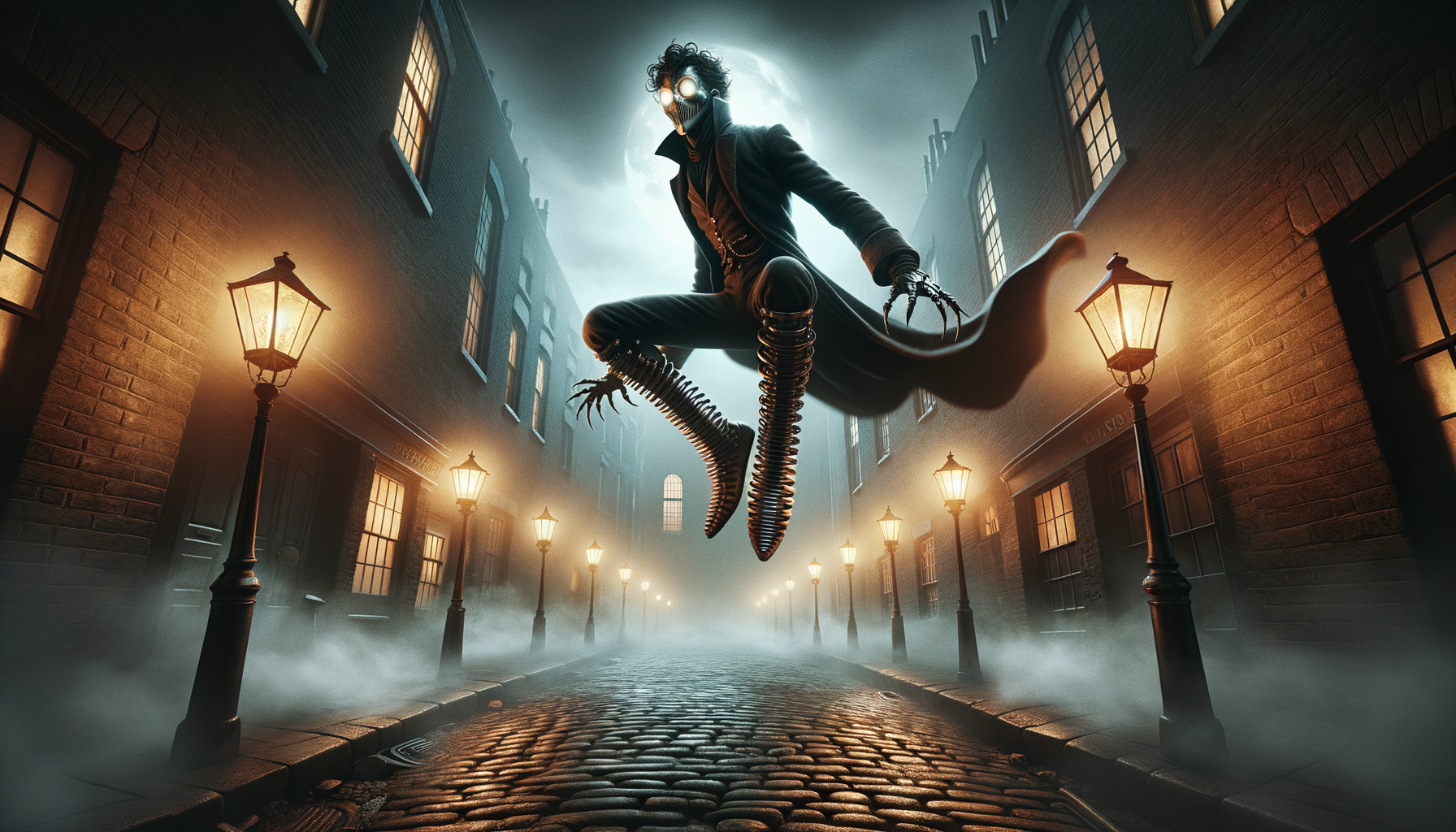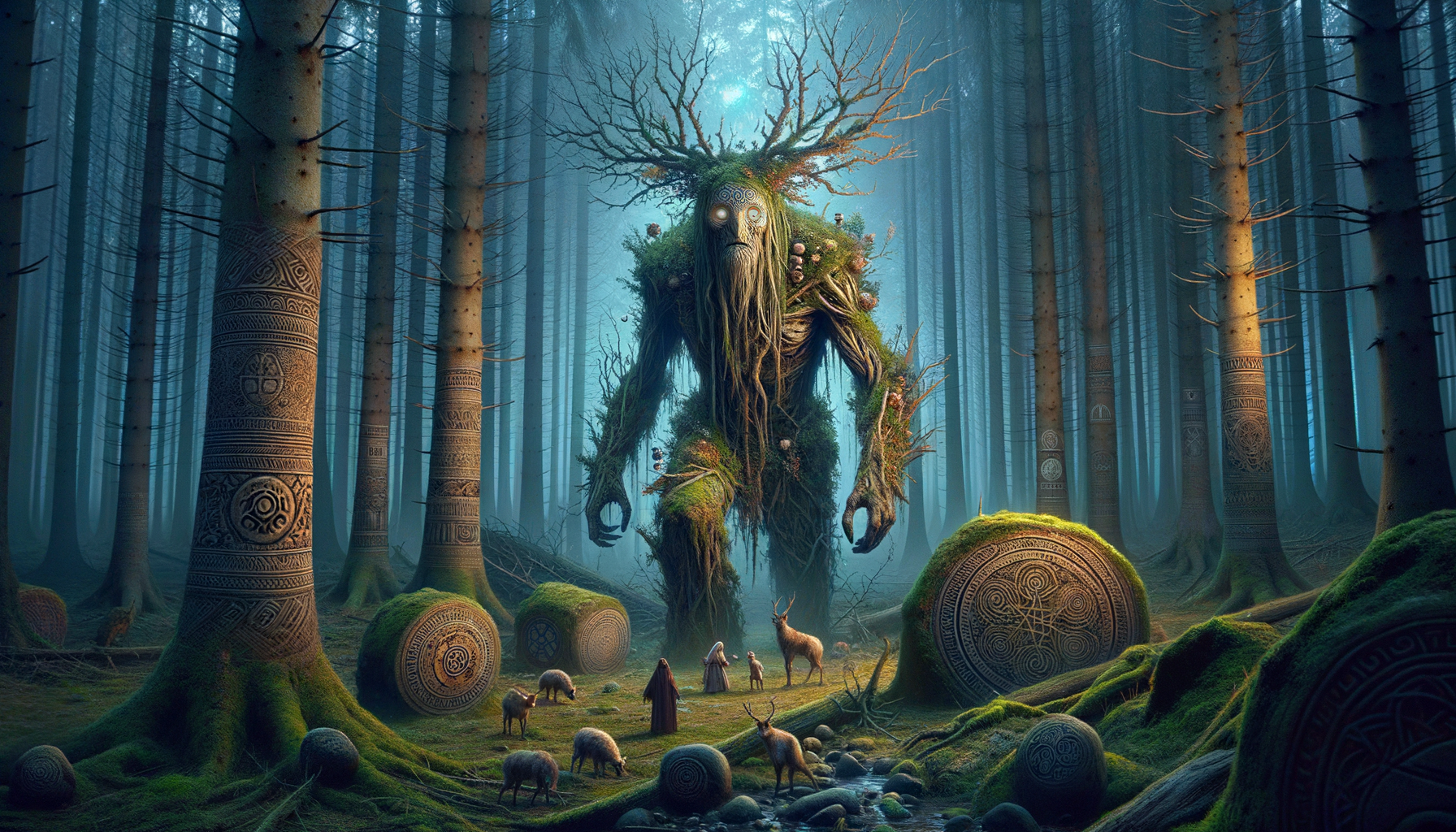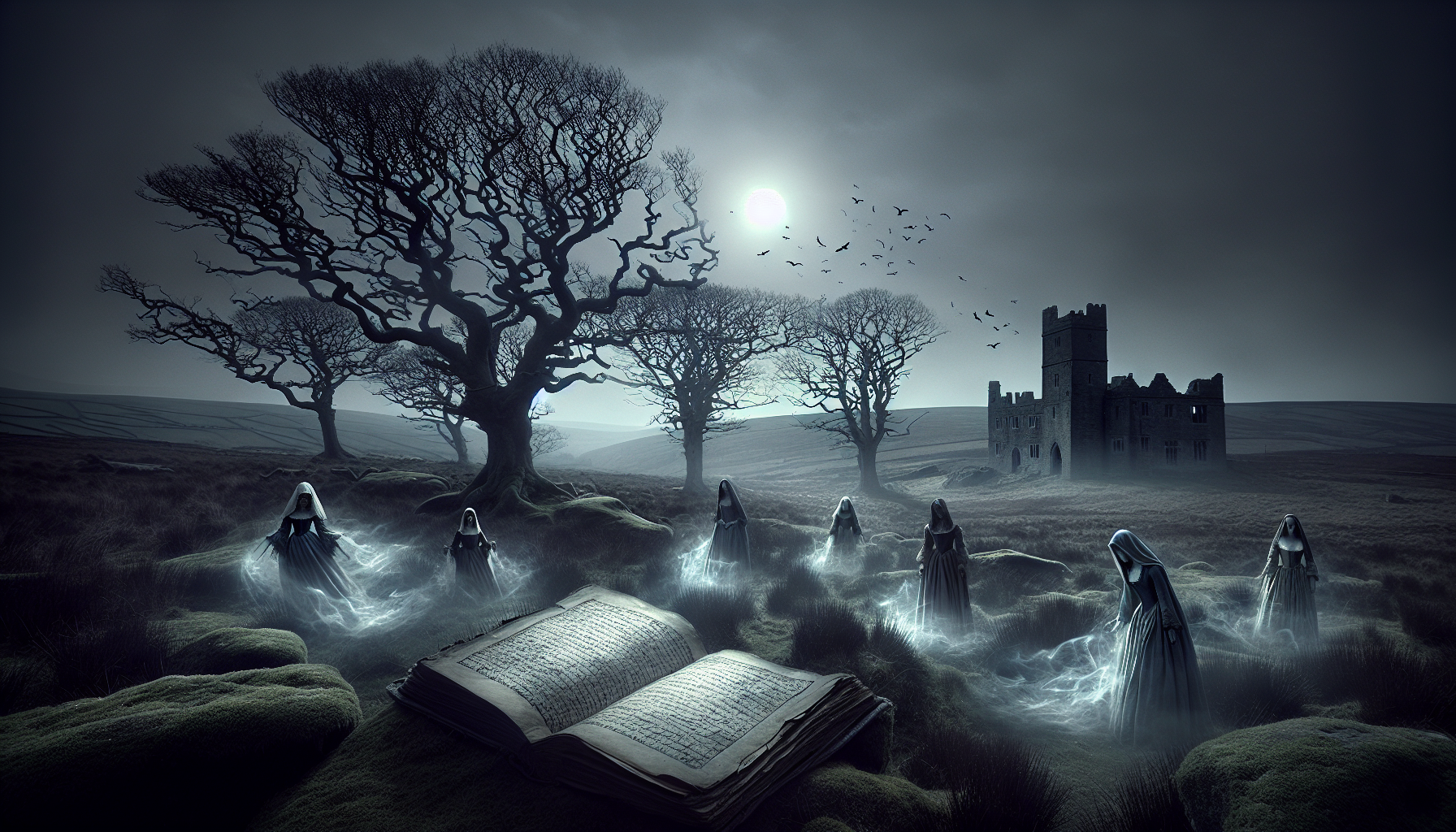Welcome to the eerie world of Spring-Heeled Jack! Imagine living in Victorian London, where gas lamps cast long shadows and fog rolls through the streets, only to hear tales of a terrifying figure who can jump impossibly high. Yes, this was the fear induced by Spring-Heeled Jack, a name that sends shivers down one’s spine even today. Who was he—or more likely—what was he? Let’s dive into this fascinating legend that has spanned centuries and figure out if it was all just a trick of the mind or something more sinister.
The Birth of the Legend: Early Sightings of Spring-Heeled Jack
The First Reported Encounter
The tale of Spring-Heeled Jack begins with the first reported encounter in London. It was in 1837 when a young woman named Mary Stevens was walking to Lavender Hill, where she worked as a servant. Suddenly, a mysterious figure leaped out at her from a dark alley. This figure, described as having an otherworldly appearance, immobilized her with his icy hands and kissed her face. Just as quickly as he appeared, he vanished, leaping over a high wall with incredible ease. This incident marked the beginning of numerous sightings and encounters, each more bizarre than the last.
Public Panic and Media Coverage
As reports of Spring-Heeled Jack began to surface, the media of the time played a significant role in sensationalizing these events. Newspapers splashed headlines about this terrifying figure, stirring public panic. The press not only reported on the encounters but often embellished them, adding elements of horror and intrigue. The media frenzy contributed to a widespread fear that gripped London, making Spring-Heeled Jack a household name almost overnight.
Witness Descriptions
Witnesses who encountered Spring-Heeled Jack provided remarkably consistent descriptions. He was often depicted as a tall, thin man with a gentlemanly appearance, dressed in a tight-fitting oilskin suit. His eyes were said to glow like red balls of fire, and he had the ability to breathe blue flames. His most astonishing feature, however, was his ability to make prodigious leaps, effortlessly clearing high walls and rooftops. These descriptions, combined with his erratic behavior, painted a picture of a creature that was both human and supernatural.
Theories and Speculations: Who (or What) Was Spring-Heeled Jack?
Supernatural Explanations
Given the peculiar nature of the sightings, it’s no surprise that supernatural explanations quickly emerged. Some believed Spring-Heeled Jack to be a figure from folklore or myth, perhaps a demon or a ghost. His fiery eyes and ability to leap great distances lent credence to these theories, making him a subject of fascination for those interested in the paranormal.
Rational Explanations
On the other hand, rational explanations also surfaced. Some suggested that Spring-Heeled Jack was nothing more than a prankster, possibly an aristocrat with a penchant for mischief. Others considered the possibility of mass hysteria, where the fear of Jack led to exaggerated reports and false sightings. Urban myths and the power of suggestion could have played significant roles in perpetuating the legend.
Notable Suspects
Over the years, several individuals have been suspected of being the real Spring-Heeled Jack. One prominent theory pointed to the Marquess of Waterford, known for his reckless behavior and disdain for the lower classes. His athletic prowess and mischievous nature made him a plausible candidate. However, no concrete evidence has ever been found to confirm the identity of Spring-Heeled Jack, leaving his true nature a mystery.
Cultural Impact: Spring-Heeled Jack in Popular Media
Literary Representation
The legend of Spring-Heeled Jack quickly found its way into Victorian literature and penny dreadfuls. These cheap, sensational publications capitalized on the public’s fascination with the mysterious figure. Stories often depicted him as a villain or anti-hero, blending elements of horror, adventure, and romance. Authors used the character to explore themes of fear and the unknown, cementing his place in literary history.
Modern Adaptations
Spring-Heeled Jack’s influence extends beyond the 19th century. He has appeared in various modern adaptations, including movies, TV shows, and books. These contemporary portrayals often reimagine him in different contexts, sometimes as a misunderstood hero or a supernatural being. The enduring appeal of Spring-Heeled Jack lies in his versatility as a character, allowing each generation to reshape his story.
Folklore and Urban Legends
Spring-Heeled Jack is not unique in global folklore. Similar figures exist in other cultures, each with their own distinct characteristics. For example, the Slavic vampire or the American Mothman share traits with Jack, such as their elusive nature and ability to instill fear. Comparing these figures highlights common themes in human storytelling and the universal nature of certain archetypes.
The Psychological Aspect: Why Was He So Terrifying?
Victorian Society and Fear
To understand why Spring-Heeled Jack was so terrifying, it’s essential to consider the societal context of Victorian England. This was a time of rapid industrialization and social change, leading to widespread anxiety and uncertainty. The figure of Spring-Heeled Jack embodied these fears, representing the unknown and the uncontrollable. His sudden appearances and inexplicable abilities tapped into deep-seated anxieties about safety and order.
Human Psychology and Terror
From a psychological perspective, Spring-Heeled Jack exploits fundamental aspects of human fear. The unpredictability of his attacks and his supernatural attributes trigger a primal response in the brain. Fear of the unknown, combined with the media’s amplification, created a feedback loop that heightened the terror. Spring-Heeled Jack’s legend serves as a case study in how fear can be socially constructed and maintained.
Long-lasting Effects
The legend of Spring-Heeled Jack has had long-lasting effects, influencing modern-day urban legends and fears. Characters like the Slender Man or the Jersey Devil share similarities with Jack, suggesting a continuity in how societies process and manifest their fears. The enduring nature of these legends underscores the psychological impact of Spring-Heeled Jack and his place in the pantheon of cultural boogeymen.
Unsolved Mysteries: Remaining Questions About Spring-Heeled Jack
Historical Records
Historians have spent considerable time examining the historical records related to Spring-Heeled Jack. While some documents provide detailed accounts, others are vague or contradictory. This lack of consistency has fueled debate and speculation, making it difficult to separate fact from fiction. Despite extensive research, many aspects of the legend remain elusive.
Unexplained Phenomena
Certain elements of Spring-Heeled Jack’s story continue to defy rational explanation. His ability to leap great distances, for instance, has never been satisfactorily explained. Some suggest advanced technology or physical prowess, while others lean towards supernatural explanations. These unexplained phenomena add to the mystique of Spring-Heeled Jack, ensuring that his legend endures.
Legacy
Spring-Heeled Jack’s legacy lives on, captivating the imagination of each new generation. Whether seen as a supernatural entity, a cunning prankster, or a symbol of societal fears, Jack continues to fascinate. His story reminds us of the power of legends and the enduring nature of human curiosity. As long as there are unanswered questions, Spring-Heeled Jack will remain a compelling figure in the annals of folklore.
Conclusion
Spring-Heeled Jack remains one of Victorian England’s most enigmatic figures, a blend of fact and fiction that continues to capture the imagination. Whether he was a product of mass hysteria, a clever criminal, or something supernatural, his story endures, a reminder of how powerful—and frightening—urban legends can be. Dive deeper into folklore, question what you hear, and always stay curious. Who knows? Maybe the next Spring-Heeled Jack is just around the corner!




